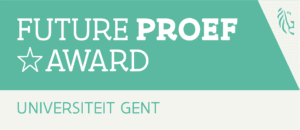Turbot Transformation: How Curcumin May Boost Aquaculture Sustainability And Fish Growth

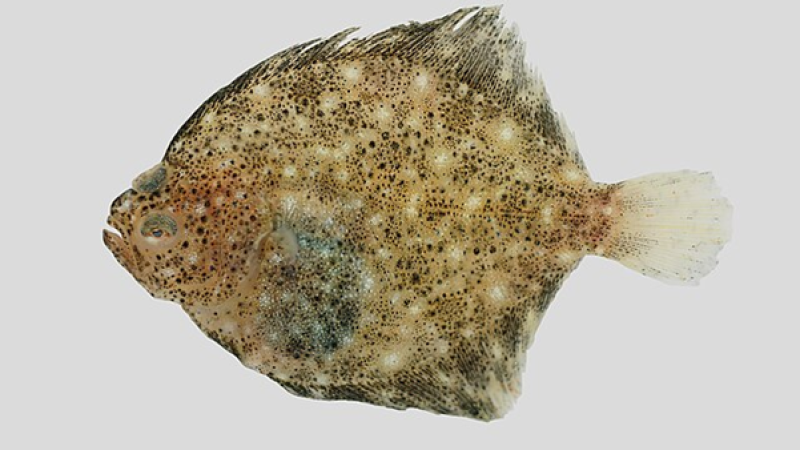
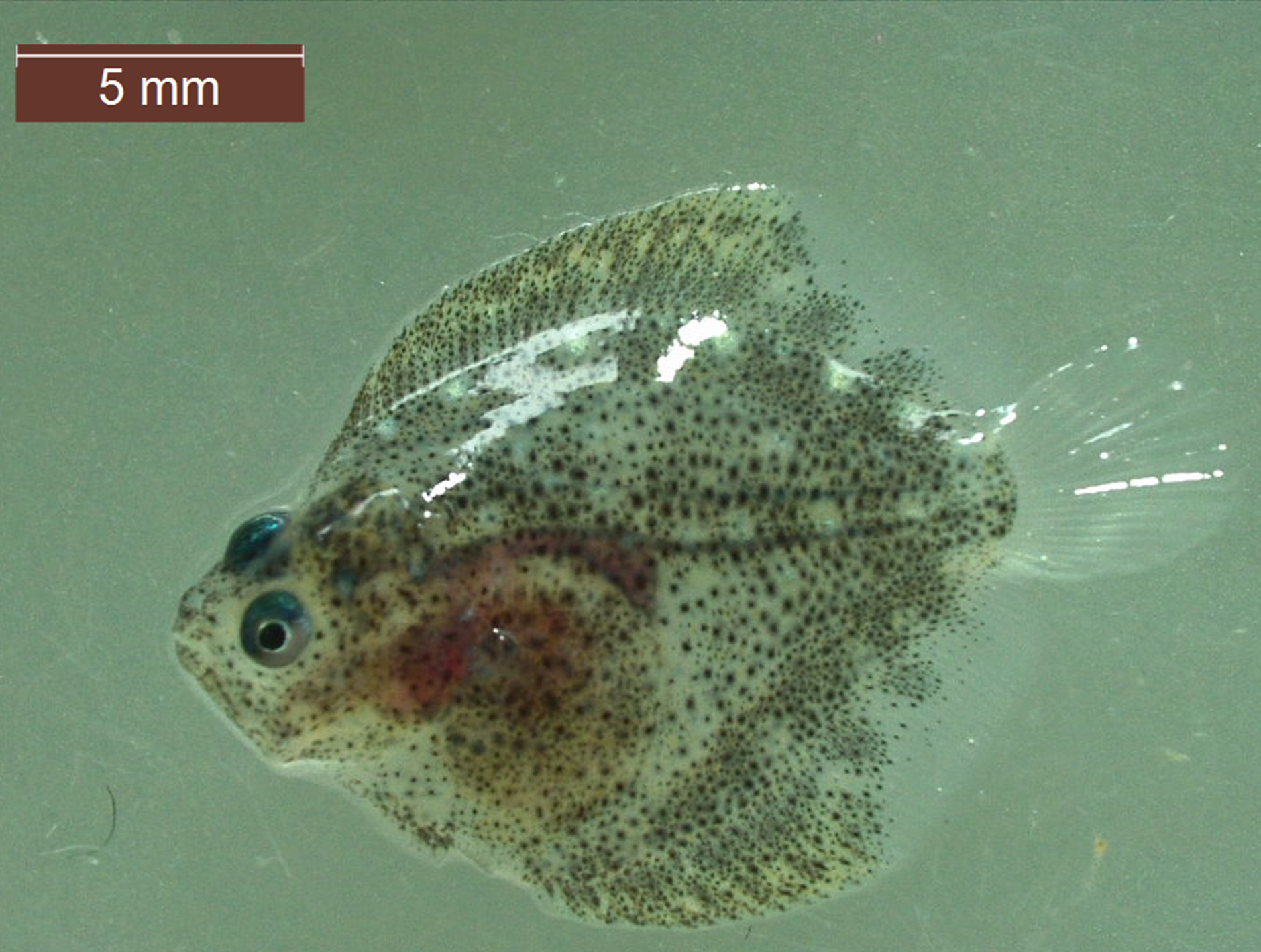 Picture by Hien (MSc thesis, Aquaculture Research Group, CCMAR, Faro, Portugal)
Picture by Hien (MSc thesis, Aquaculture Research Group, CCMAR, Faro, Portugal)
The Aquaculture Challenge: The Motivation Behind My Study
Turbot, a high-value flatfish, undergoes a vulnerable transformation during its early stages, moving from larva to juvenile. This transformation, or metamorphosis, involves eye migration and body changes that make young fish more susceptible to stress, disease, and high mortality rates. Turbot larvae require optimized conditions and balanced nutrition to survive these critical periods, especially as oxidative stress from rapid growth can harm cellular health. Currently, hatcheries rely on synthetic chemicals and antibiotics to support fish health, but these methods carry environmental and health risks. Natural alternatives like curcumin could offer a sustainable way forward.

Image by Frimufilms, accessed via Freepik
Curcumin: More Than a Spice
Curcumin, a bioactive compound from turmeric, is widely known for its antioxidant and anti-inflammatory properties in human health. In aquaculture, recent studies show that curcumin can potentially support fish growth and enhance immunity by combating oxidative stress. Unlike synthetic additives, curcumin is natural and biodegradable, making it an appealing option for environmentally conscious aquaculture practices. My research focuses on whether adding curcumin to the diet of turbot postlarvae could help them grow faster and healthier through this metamorphic stage.
Testing Curcumin’s Impact on Growth and Health
To assess curcumin’s effects, I conducted a 35-day feeding trial with three groups of turbot postlarvae: a control group and two groups receiving different doses of curcumin. Over the trial, we tracked each group’s growth rate, body length, and antioxidant levels to understand how curcumin influenced their overall health and resilience. In particular, we measured changes in specific antioxidants that help the fish manage oxidative stress, such as catalase and glutathione, which protect cells from damaging reactive oxygen species (ROS).
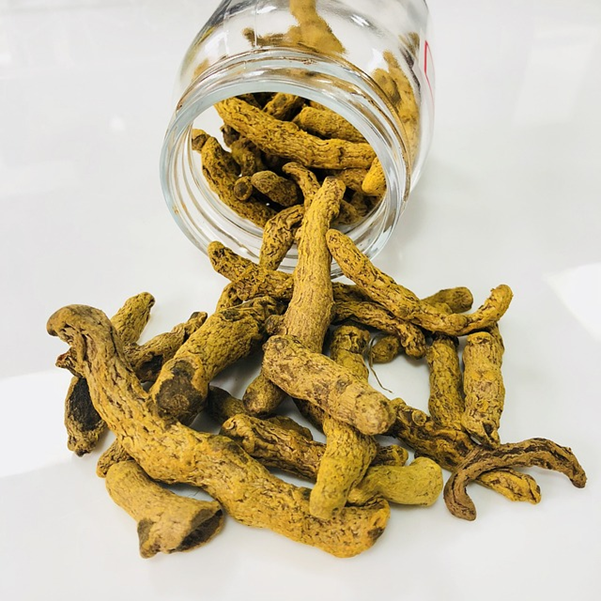
Image by maria9407 accessed via Pixabay
Promising Growth Results
The results were striking. Turbot postlarvae receiving the lower dose of curcumin showed significant improvements in both body weight and growth rate compared to the control group. In fact, during the most vulnerable stage (between 27 and 48 days after hatching), the curcumin-treated fish grew faster and achieved greater body mass without any negative impact on survival rates. This suggests that curcumin not only supports healthy development but could also make turbot farming more efficient by improving the early growth stages.
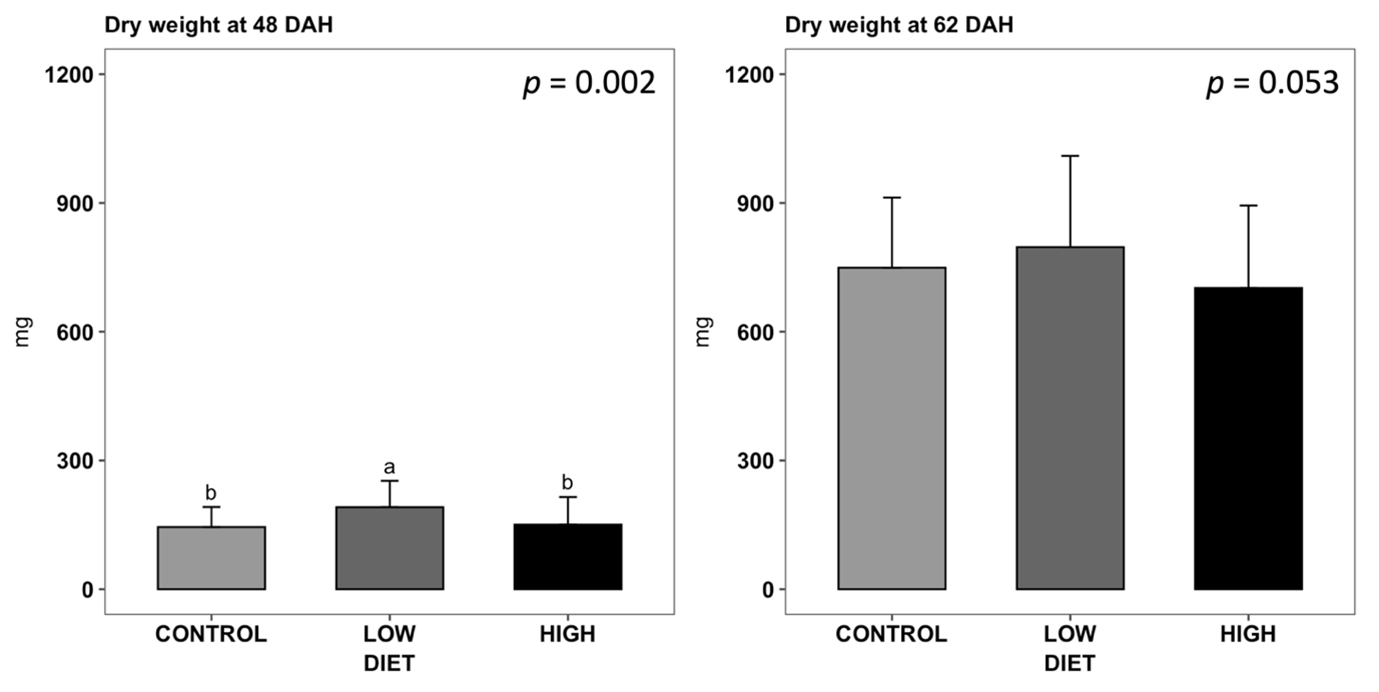
The comparison in body dry weight (mg) of turbot postlarvae fed different diets at 48 and 62 DAH. The results are expressed as mean + standard deviation (One-Way ANOVA, Post-hoc Tukey HSD; α = 0.05). Created by the author
Oxidative Stress Under Control
Curcumin’s antioxidant effects were another promising outcome of the study. Fish in the curcumin-supplemented groups exhibited improved antioxidant levels, which help to neutralize harmful oxidative molecules that can damage cells and slow down growth. Interestingly, while overall antioxidant activity did not vary significantly, curcumin supplementation maintained the fish’s antioxidant defenses even as they grew rapidly. This steady defense system could support fish in handling the stresses of metamorphosis, leading to healthier, stronger postlarvae.
Beyond Growth: Curcumin’s Potential for Sustainable Aquaculture
The benefits of curcumin extend beyond immediate growth. Using natural plant compounds like curcumin as a feed supplement aligns well with sustainability goals, such as reducing reliance on synthetic additives and lowering environmental pollution. As a natural, biodegradable additive, curcumin reduces the risk of residual pollutants entering marine ecosystems, which can occur with synthetic chemicals. The broader use of curcumin and similar plant-based additives could support aquaculture’s shift toward environmentally responsible practices, benefiting both the industry and marine biodiversity.
The Path Forward: Curcumin as a Game-Changer?
While the findings are promising, more research is necessary to understand curcumin’s long-term impacts and optimal dosing. For instance, evaluating its effects on other fish species and broader production systems could help determine whether curcumin has a role in mainstream aquaculture diets. If future studies confirm its benefits, curcumin could be an effective, natural solution for sustainable fish farming, supporting both robust fish growth and a healthier marine environment.
Conclusion: A Sustainable Boost for Aquaculture
Curcumin shows potential as a natural growth stimulant and antioxidant for turbot, offering aquaculture a sustainable, effective alternative to synthetic additives. By improving early-stage fish health and supporting efficient growth, curcumin could help the industry meet rising demands without compromising environmental integrity. As aquaculture continues to expand, innovations like curcumin supplementation may pave the way for a more resilient, eco-friendly approach to feeding the world.
